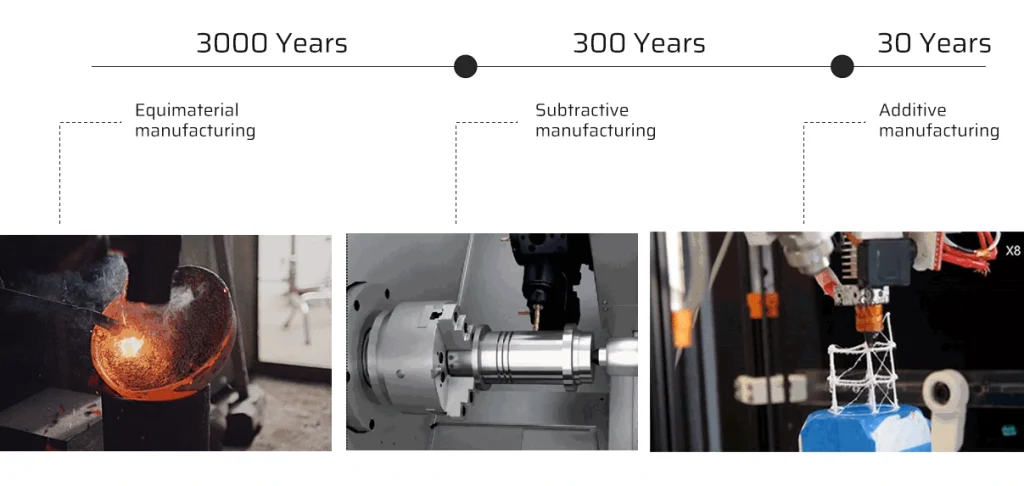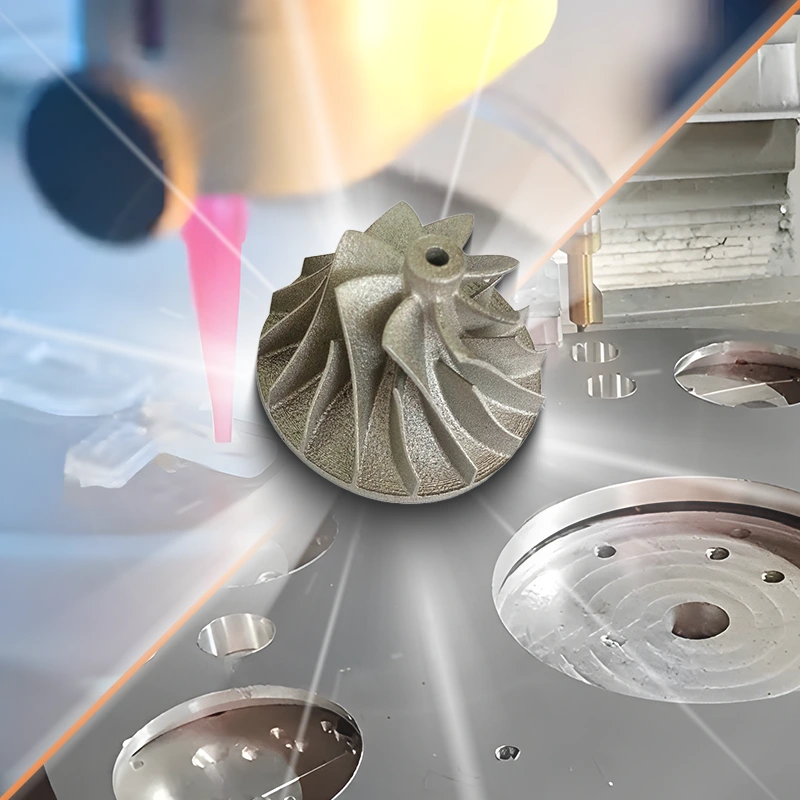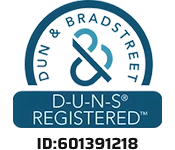In a sense, discussing the difference between additive manufacturing and subtractive manufacturing is equivalent to discussing the difference between CNC machining and 3D printing.
What is Additive Manufacturing and Subtractive Manufacturing?
Human manufacturing methods have undergone three major changes to date, namely, equimaterial manufacturing, subtractive manufacturing, and additive manufacturing.
Equimaterial manufacturing refers to the production of products through methods such as casting, forging, and welding, where the material weight remains relatively unchanged (product + impurities), a practice with a history of over 3000 years.
Subtractive manufacturing (CNC) refers to the use of equipment such as lathes, mills, planers, and grinders to cut materials to achieve the desired shape. This practice has been around for over 300 years since the Industrial Revolution. For specific processes of subtractive manufacturing, we recommend reading “What is CNC Machining.”
Additive manufacturing (commonly known as 3D printing) refers to the use of technologies such as photopolymerization, selective laser sintering, and fused deposition modeling to incrementally add material to form the desired shape. This practice has only been around for over 30 years since the 1980s. For an understanding of additive manufacturing, we recommend reading about “3D printing.”

Looking back through history, both equimaterial manufacturing and subtractive manufacturing have made significant contributions to human development, even directly propelling industrial leaps in human society. It is believed that 3D printing will also bring more innovation and convenience to people in the near future.
Advantages and Disadvantages of Additive Manufacturing and Subtractive Manufacturing
The emergence of each manufacturing method represents a revolution in manufacturing, but their respective advantages and disadvantages both propel and constrain the development of their own technologies. Below, I will analyze the strengths and weaknesses of each technology.
Equimaterial Manufacturing:
Advantages: Relatively mature, customizable production
Disadvantages: Low efficiency, high cost, unsuitable for mass production
Subtractive Manufacturing:
Advantages: Capable of large-scale mass production, high efficiency, can achieve very high precision
Disadvantages: High cost of personalized customization, waste of offcuts and scraps
Additive Manufacturing (current stage):
Advantages: Capable of personalized customization, short product development cycle, low cost
Disadvantages: High cost for mass production, relatively limited material options
Advantages and disadvantages of subtractive versus additive manufacturing
As previously mentioned, one of the main advantages of subtractive manufacturing techniques is their ability to provide high dimensional accuracy. Unlike most 3D printing processes that rely on heat, subtractive manufacturing allows parts to be built at room temperature, avoiding size accuracy issues associated with material processing (shrinkage).
To ensure dimensional accuracy in subtractive manufacturing, environmental control is necessary. For instance, if steel blocks are used to design parts, the material must be brought into the room where cutting will take place at least 3 days in advance; otherwise, its dimensions will change based on temperature and humidity.
Subtractive manufacturing also benefits from a wider range of compatible materials compared to 3D printing. Unlike 3D printing, which requires multiple printers based on different materials, subtractive manufacturing can create metal, plastic, or wooden parts on the same machine.
Challenges and Limitations of Subtractive Manufacturing
However, subtractive manufacturing processes have significant drawbacks. Firstly, compared to 3D printing, different production methods leave behind a considerable amount of waste, whereas additive manufacturing is attractive because it uses only the required amount of material.
For example, during machining, manufacturers must remove chips and other debris from the manufacturing process to limit the amount of excess material that could interfere with cutting processes. In addition to the dust produced by subtractive manufacturing, the process’s smoke can also be harmful to operators, which is common when using laser or EDM processes.
Furthermore, subtractive manufacturing cannot provide the same manufacturing freedom as 3D printing – sometimes, parts that can be printed in one go require multiple operations, the use of different machines, and are split into multiple parts for assembly for replication via subtractive manufacturing.
Finally, achieving complex geometric shapes through material removal processes is more difficult. Additive manufacturing allows for greater freedom in the design process. In other words, designers do not have to worry about the limitations imposed by the machine tools they use, thus enabling their imagination to run free without being restricted by manufacturing capabilities.
How Subtractive and Additive Manufacturing Complement Each Other
If these two technologies are often assumed to be competitors, for the time being, they have very different applications. That’s why they are primarily used in a complementary manner. Since its strong growth began, 3D printing has been most commonly used for prototyping purposes.
Due to the benefits it offers, 3D technology allows for the rapid and low-cost manufacture of multiple parts, thereby providing possibilities for different iterations. Once the shape, material, and parts are determined, batch production can be carried out using subtractive manufacturing methods.
Processes such as laser cutting and water jet cutting allow for the design of a large number of parts in a short time. However, other methods, such as CNC machining, can be very time-consuming. This technique requires significant programming steps and almost mandatory human presence. Today, CNC machining is mainly used for manufacturing injection molds, which is a formative manufacturing technique.
Advancements in Manufacturing: The Collaboration of Subtractive and Additive Manufacturing
Additionally, although subtractive manufacturing allows for the repair of objects, 3D printing offers more possibilities in this area. An example is the Directed Energy Deposition (DED) process, which can be used to repair metal parts without replacing them.
Specifically, this technology is able to add material to existing parts, thus avoiding the need to manufacture components or unnecessarily replace large parts. Globally, 3D technology allows for the replication of parts that have failed or worn out over time, all of which are produced on-demand and in small batches. Users do not need to discard them but can repair the parts and minimize their impact on the environment.
Despite differences and processes, subtractive manufacturing and additive manufacturing tend to progress side by side. Due to their respective characteristics, these two types of manufacturing complement each other and can quickly create precision parts that were previously unimaginable.
To combine these manufacturing technologies, some collaborative projects have been created, such as FirstMold, aiming to provide the design freedom of additive manufacturing and the precision of subtractive manufacturing to companies.
Can Additive Manufacturing Replace Subtractive Manufacturing?
The answer given by FirstMold is: at least for now, it can’t.
Why is it said that 3D printing cannot replace subtractive manufacturing at the current stage? I think it can mainly be analyzed from the following two aspects.
What is the current demand?
Before analyzing the current demand, let’s first analyze why subtractive manufacturing has been able to replace most of the equimaterial manufacturing industries.
Human society has reached a certain level of development, and basic survival needs have been addressed. What follows is the need for more material goods. Coupled with the globalization brought about by great voyages, the traditional small workshop-style production methods are simply unable to meet the enormous gap in community material needs. In order to produce products more efficiently and with better quality, subtractive manufacturing, or mass production methods, came into being.
Looking at it now, it’s the same situation. Basic material needs are already difficult to satisfy, and more and more people are starting to have ideas about personalized customization. If the traditional subtractive manufacturing method is still used, it will inevitably cost more. So, this is the opportunity for additive manufacturing.
But at the current stage, it hasn’t developed to the point where there is a large demand for personalized products, and a large part of the population is still pursuing cost-effectiveness rather than spiritual desires.
It takes time to become proficient, and currently, 3D printing technology is far from being able to achieve large-scale personalized customization.
Lack of capability
Compared with subtractive manufacturing, additive manufacturing is slow, has limited material options, and is expensive.
That the speed of current 3D printing equipment is slow is undeniable. It takes too long to produce a finished product, and demand exceeds supply.
It takes two to three hours to print a cup, and by the time we print the cup, the person is already thirsty.
When we can print a car in one second, or a set of houses in ten minutes? That’s what revolutionary technology should look like.

Additionally, concerning materials, the currently achievable printing materials are limited. Apart from the most common plastics, there are also nylon, resin, gypsum powder, metal powder, etc., and a single device can basically only print one type of material each time.
If one wants to print a product with a composite material, he or she may require post-assembly or other operations.
As mentioned earlier, when analyzing the current desires of people in terms of spiritual needs versus cost-effectiveness, the vast majority will choose cost-effectiveness. So, it’s challenging for the market to widely accept the prices of products from 3D printing.
In fact, at the current stage, additive manufacturing and subtractive manufacturing get along quite well, which is currently the best way to use both technologies.
Final Words
Whether it’s equimaterial manufacturing, subtractive manufacturing, or additive manufacturing, there is actually no phenomenon of one replacing the other. The best result is that various technologies coexist, and there will always be some industries that need them. FirstMold provides CNC machining services and 3D printing services and has experience in both industries for many years. So, it has a certain degree of influence in this regard.
Perhaps what we collectively look forward to is the so-called “hybrid manufacturing” that may emerge in the future.































5 Responses
How do you assess the cost-effectiveness of additive manufacturing versus subtractive manufacturing for large-scale production runs, and what factors should companies consider when deciding which method to use for specific parts or projects?
Thankfulness to my father who told me on the topic
of this web site, this web site is actually amazing.
With havin so much content and articles do you ever run into any issues of plagorism or copyright infringement?
My website has a lot of unique content I’ve either written myself or outsourced but it appears a lot of
it is popping it up all over the internet without my authorization.
Do you know any methods to help prevent content
from being stolen? I’d truly appreciate it.
Hello there! This article couldn’t be written much better!
Going through this post reminds me of my previous roommate!
He always kept preaching about this. I will send this post to
him. Fairly certain he’ll have a good read. Many thanks for sharing!
Hello, yes this paragraph is genuinely pleasant and I have learned
lot of things from it about blogging. thanks.